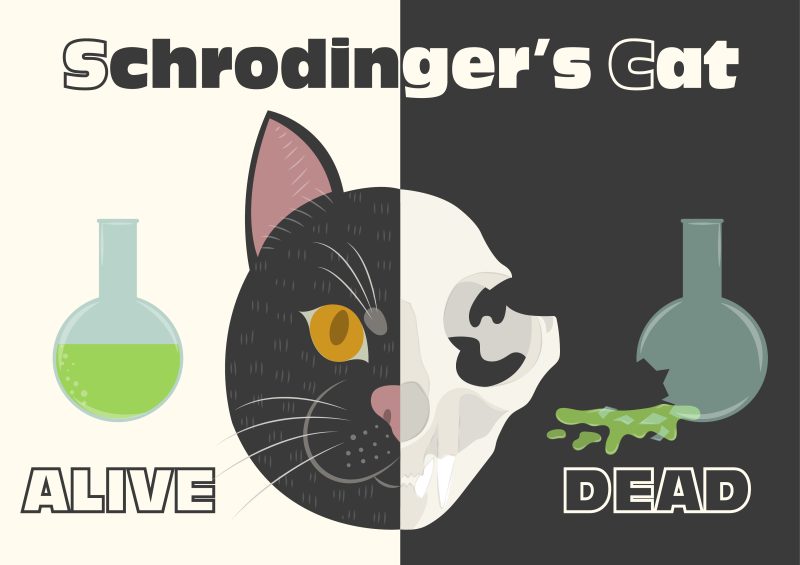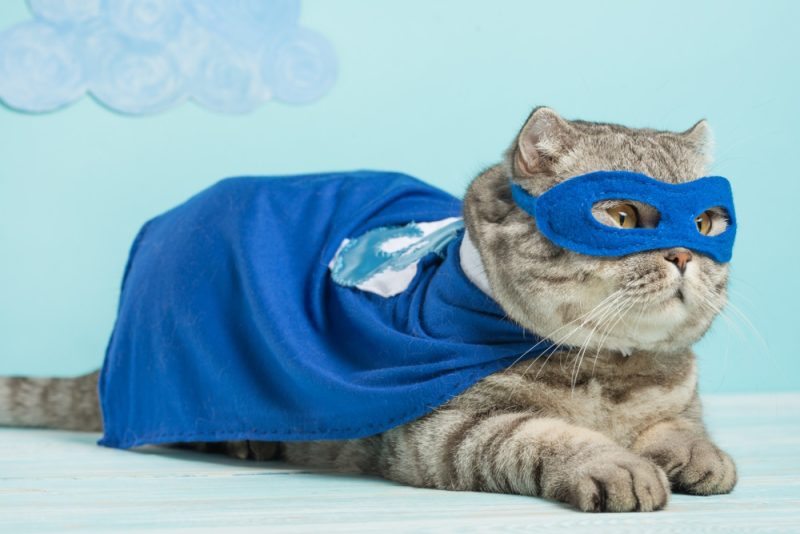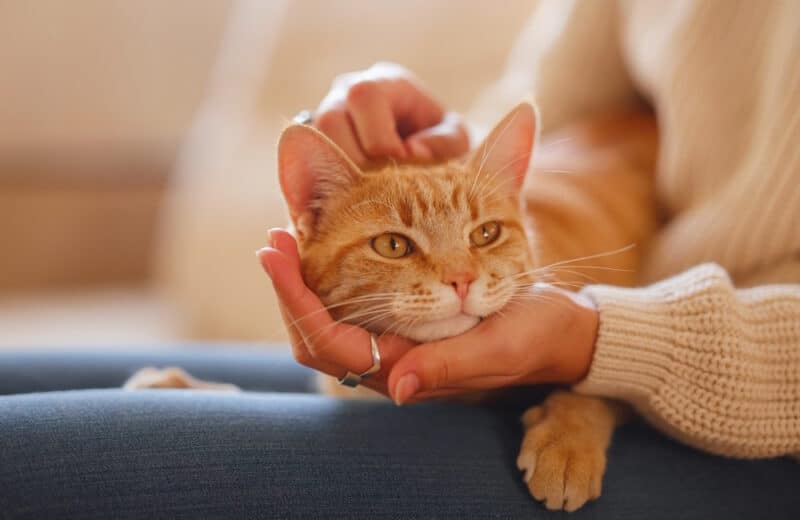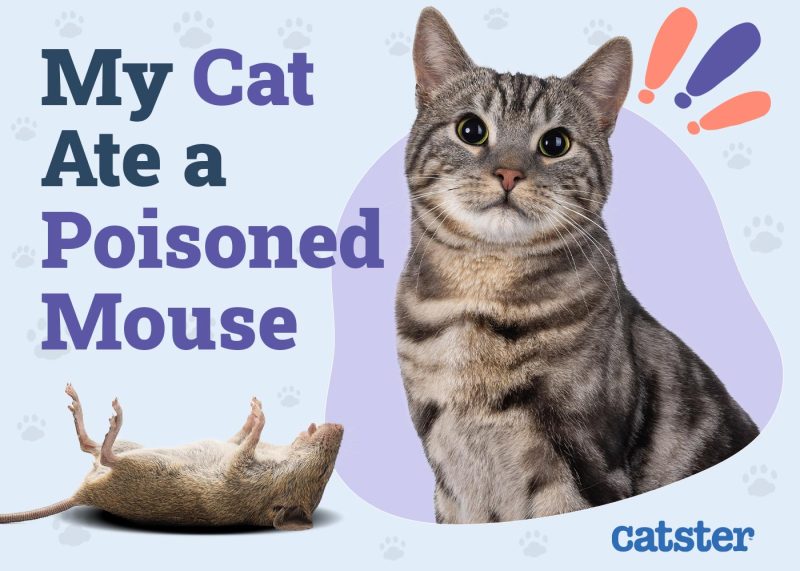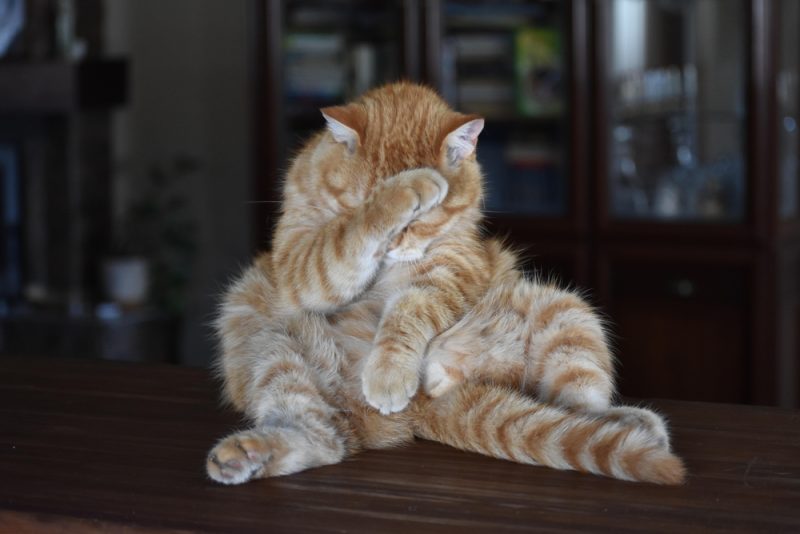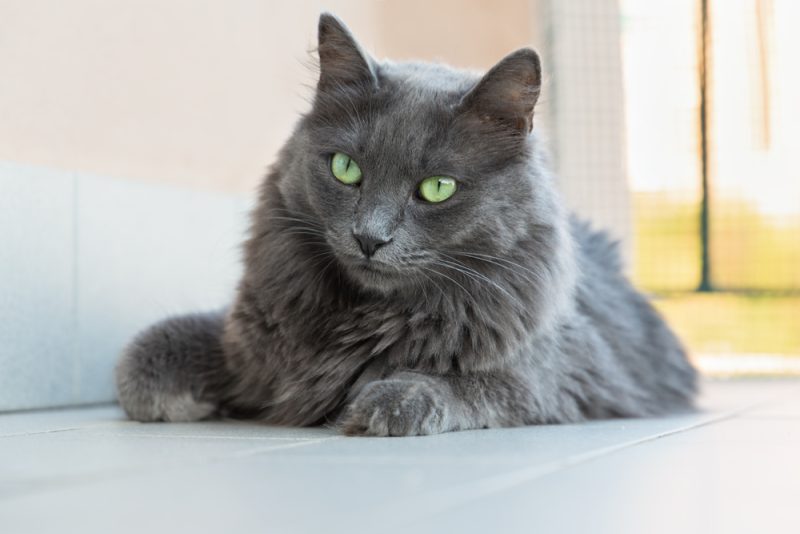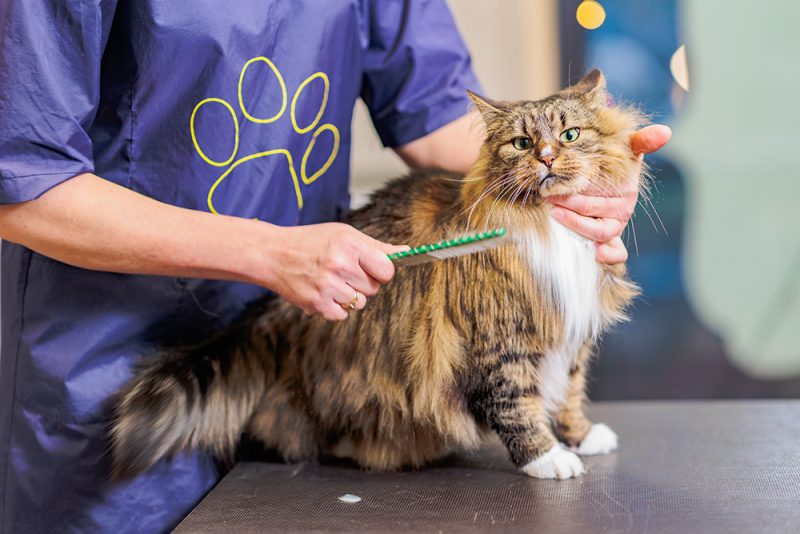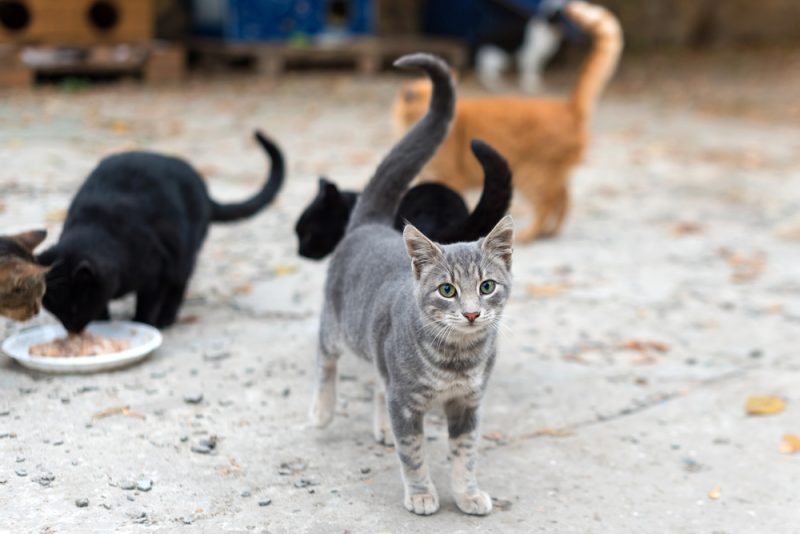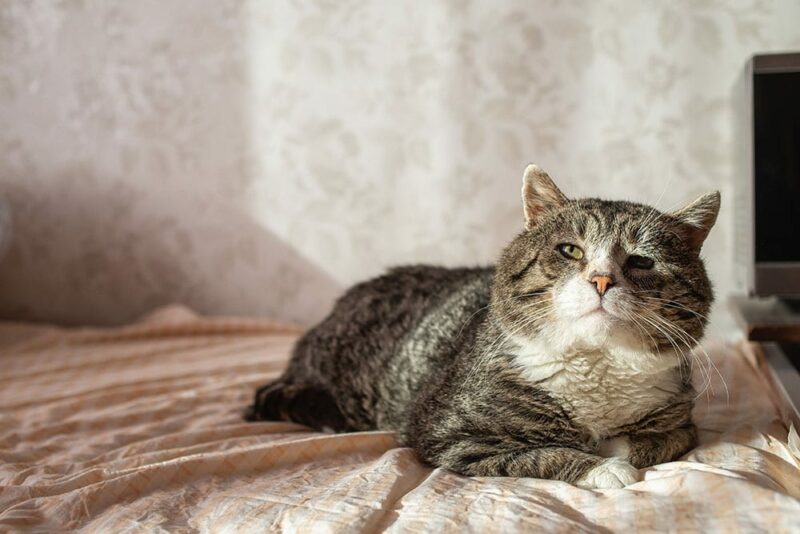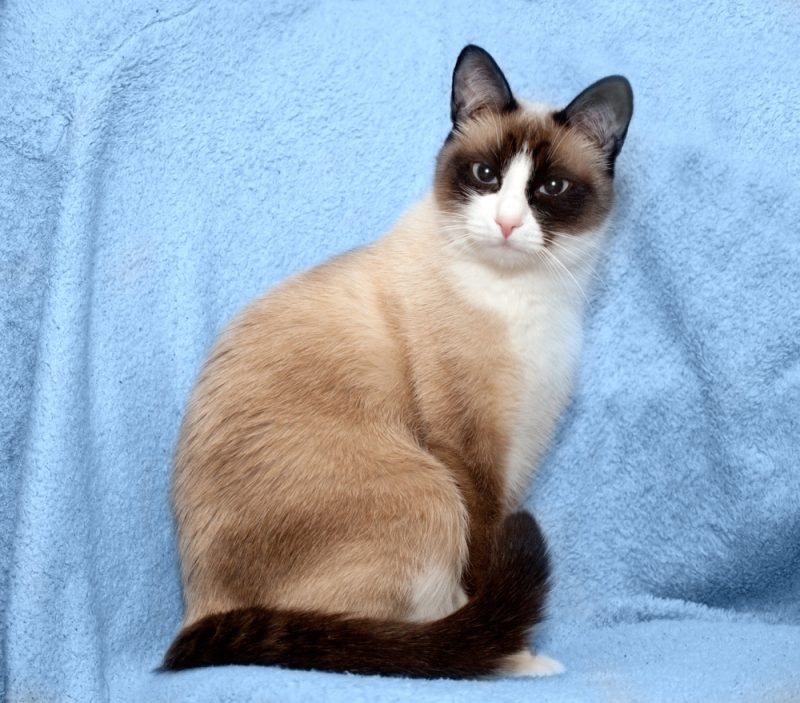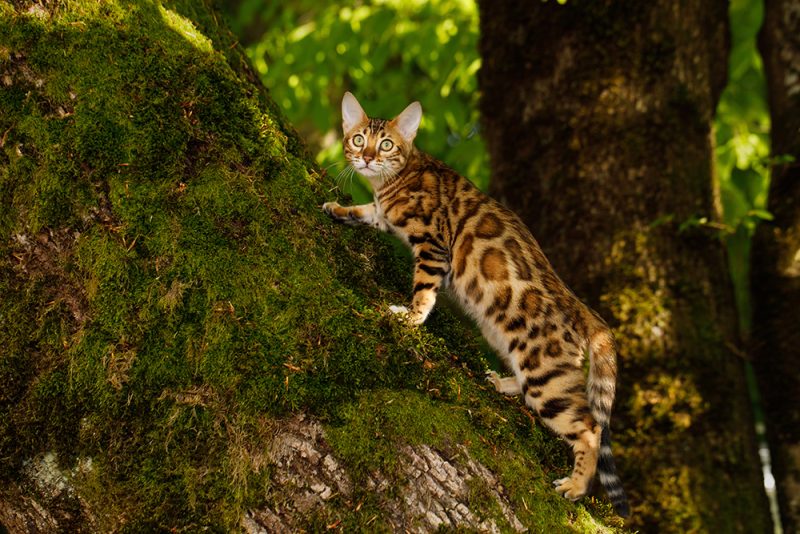In this article
View 4 More +For most of us, say the words “quantum theory” or “physics” and our eyes immediately glaze over or our brains just tune out. Quantum theory is a field of study that examines the tiniest particles that make up our universe: how they behave and how they can be measured. It is still a relatively new field, having only begun in earnest around the start of the 20th century. Why is this of interest to us? Because, just as we all know that cats rule the Internet, as it turns out, cats also rule the intellect.
Since Austrian physicist Erwin Schrödinger published his thought experiment in 1935, Schrodinger’s cat has become one of the most famous and central concepts in physics. People who don’t know the first thing about math or science have likely heard of Schrodinger’s cat, much like Albert Einstein’s mass-energy equivalence, E = mc2 .
What is Schrodinger’s cat? At its most basic and fundamental level, it describes the following paradox: There is a completely hypothetical cat in a box; at any given moment, is it possible that the cat is dead and alive at the same time?
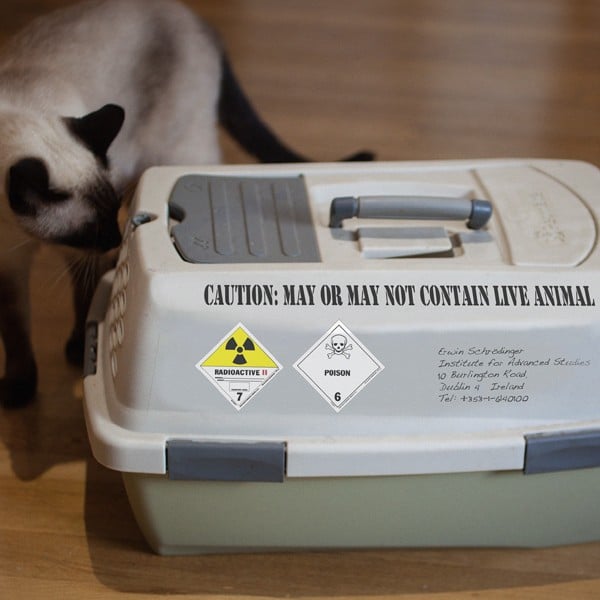
Schrodinger’s cat for cat people
Before we dive into the actual thought experiment, and attempt to do some quantum mechanics for dummies — or rather, for a general audience — let’s try to explain in a way that any cat owner can relate to. Let’s say you have a particularly mischievous cat who has a reputation for knocking things off your kitchen counter. You stayed in bed too long this morning and had to rush out of the house to get to work. Once you get to the office, it occurs to you that, after you downed a glass of juice, you left it right on the edge the counter. Your mind is filled with equal measures of panic and resignation.
You can hope that your cat won’t knock the glass off the counter, but let’s face it, it’s only a matter of time before the vessel catches the cat’s eye, tempts those playful paws, and is shattered all over the kitchen floor. You think about it and worry about it throughout the day. Sometimes, you imagine the glass has eluded the cat’s notice; at other times, you’re certain that the glass was broken within half an hour of your leaving the house. Thing is, you won’t know either way until you get home, until you are there to sweep up the shards of glass.
This is basically the problem posed by Schrodinger’s thought experiment. You know your cat is a jerk, but you don’t know when the cat is going to act like a jerk. At any given moment between now and then, you can envision the glass on your counter as both whole and broken.
The origins of Schrodinger’s cat paradox
One of the prevalent theories of quantum mechanics is the Copenhagen interpretation. Developed in the 1920s, this line of thought claims that it is possible for subatomic particles in a closed system to exist in several possible states simultaneously — a phenomenon known as “superposition” — and that a settled or definitive answer is only possible when the thing is observed or measured.
Erwin Schrodinger’s thought experiment was devised to challenge this notion, or at least to underscore its shortcomings. Atoms and photons are unpredictable, to be sure, but what if there were a more substantial element in play, say, a cat?
The thought experiment
The setup puts five things into play, over the course of an hour, within a sealed steel box. There’s a cat, a portion of radioactive material, a Geiger counter, a hammer, and a container of cyanide, a deadly compound. The Geiger counter is primed to register any decay, or energy release, of the radioactive material. When the counter gets a reading, the hammer drops, breaks the container, and kills the cat.
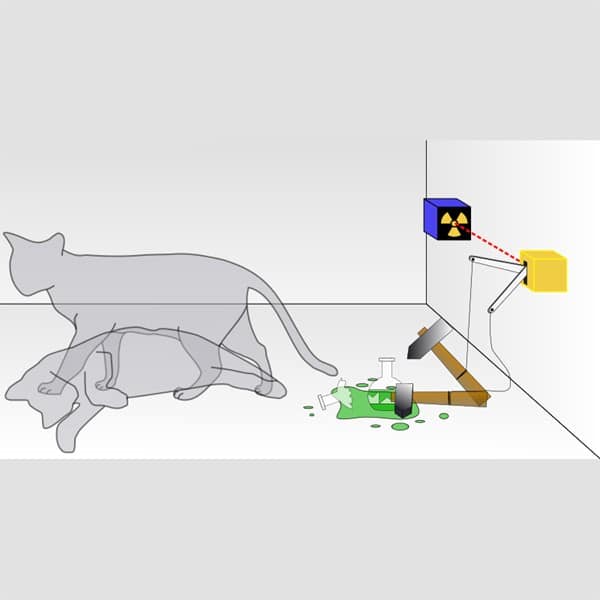
The only element here that can effect change is the radioactive material’s state of decay. The nature of the problem for physicists is that decay is random and hard to predict. According to contemporary understandings, since the amount of radioactive material is so small, an hour passes, during which the device might be triggered at any moment. While the box remains sealed, no one can conclusively know whether the material has decayed or not.
Since the state of the radioactive material is so unpredictable, it can be assumed that it is in both states — whole and decayed — at once. According to the Copenhagen interpretation, if the quantum particles can hypothetically be in two states simultaneously, the cat must also be both alive and dead until it is observed.
This is not what Schrodinger believed, of course. His intention in outlining this thought experiment was that, while the nature of subatomic particles is seemingly random, a cat is not a subatomic particle. A cat must either be alive or dead; it cannot be both at once.
No cats are harmed in thought experiments
In science, there are substantial differences between theories and interpretations, like the Copenhagen interpretation that Schrodinger was poking holes in. Theories are things that can be tested and proven to a degree of certainty. Since quantum mechanics is so unpredictable, and so new in the 1930s, the best information available was guesses and predictions, not observable and testable experiments.
As for Schrodinger’s thought experiment, it is just that, an experiment in thought. The purpose of a thought experiment is to think through and consider a difficult problem and to provide a range of arguments and potential interpretations. No cat has ever been subjected to the ludicrous scenario Schrodinger described, nor did he ever mean for such a system to be constructed.
It’s alarming even to imagine putting a cat into a situation that resembles one of the byzantine tortures from the Saw horror-film franchise, and that is exactly the point. To Schrodinger’s mind, it was as equally implausible that subatomic particles could exist in two states as it was asserting that a cat is both alive and dead simultaneously.
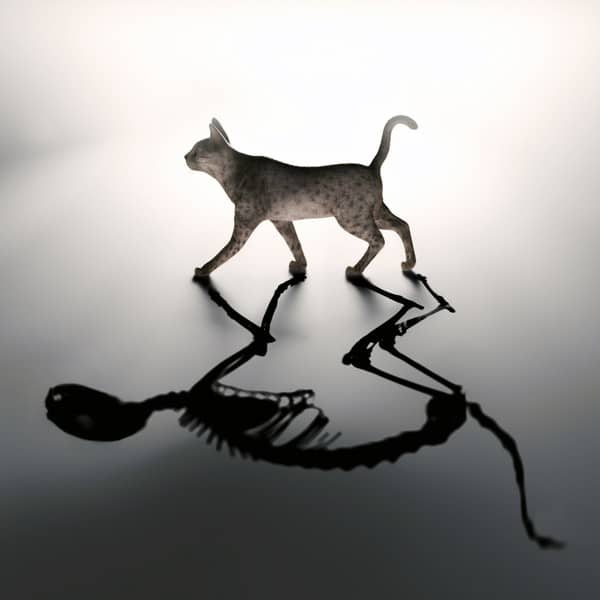
The legacy of Schrodinger’s cat
If a tree falls in the woods, and no one is there to hear it, does it make a sound? This is a question that is familiar to almost everyone. Thought experiments endure because they challenge us to imagine extreme possibilities. Schrodinger’s cat can be viewed as an extension of the tree question. Each presumes that an event only occurs because there’s a person there to observe or witness it.
Like our earlier thought experiment with the cat and the glass on the kitchen counter, both the tree question and Schrodinger’s cat both illustrate the limits of how far thought alone can carry us. Fortunately, science and philosophy are not the only avenues for exploring the boundaries of human, or feline, knowledge.
Once Schrodinger’s cat paradox entered the popular imagination, storytellers began to take the basic ideas and work through the problems as literary ones. From Douglas Adams’ Dirk Gently’s Holistic Detective Agency to Neil Gaiman’s American Gods, fiction has used Schrodinger’s cat as a jumping-off point. It has been referenced and depicted across the entire range of creative endeavor, from art to comic books to video games.
See Also:
- Do Cats Actually Have 9 Lives? The Science Behind the Myth
- Inside the Mind of a Cat: Netflix Documentary – Pros & Cons
Featured Image Credit: K. Cozy Bear, Shutterstock
